Egypt accounts for lion’s share of total production
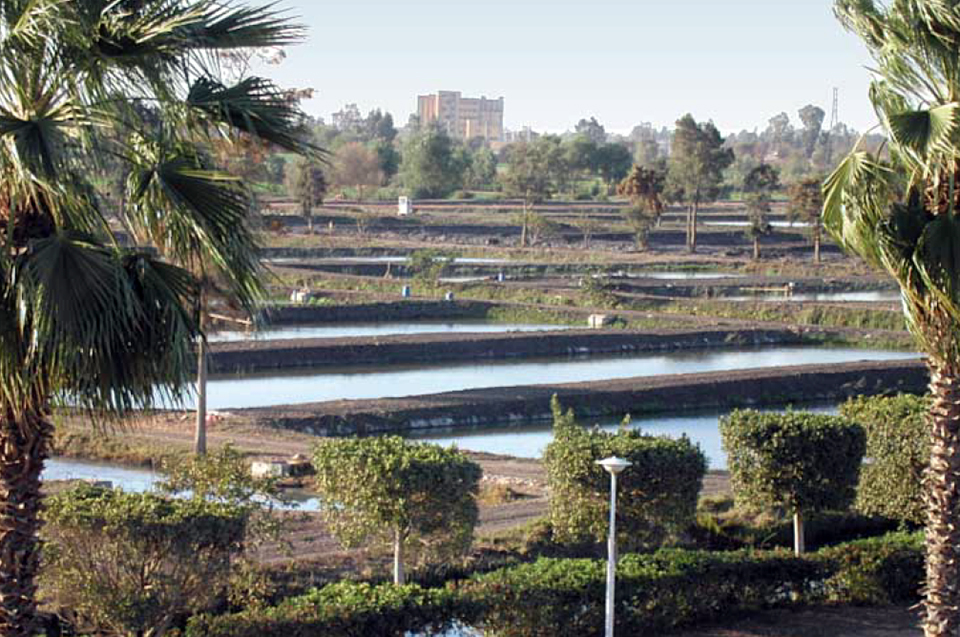
Tilapia are native to Africa, but the fish have been introduced into many tropical, subtropical, and temperate regions of the world during the second half of the 20th century. Tilapia culture is widely expanding all over the world, particularly in Asia. In Africa, their culture is relatively new, and their contribution to global tilapia production is quite low, about 12.8 percent in 2002.
Decades of development
However, farmed tilapia production in Africa has sharply increased during the past few years. The growth trend can generally be divided into three time periods:
1950-1984: During these years, tilapia production slowly grew from 908 metric tons (MT) in 1950 to 15,747 MT in 1984.
1985-1997: Tilapia production sharply increased to reach 43,946 MT in 1997.
1998-present: Tilapia production had the highest rate of annual growth during the past five years. It increased from 43,946 MT in 1997 to 67,421 MT in 1998, with an annual growth rate of 53.4 percent. Another huge jump in tilapia production occurred 1999-2002, reaching 193,240 MT in 2002. The average annual growth of tilapia production during this phase was over 37 percent.
Major producers
Currently, over 30 African countries practice tilapia farming. However, most tilapia production comes from one country, Egypt, which accounted for 86.8 percent (167,735 MT) of total tilapia production on the continent in 2002. Without Egypt’s production, the continent’s contribution to global tilapia output would have been reduced from 12.8 percent to only 1.7 percent.
Tilapia culture is practiced in Nigeria, Ghana, Zambia, D. R. Congo, Zimbabwe, and other countries (Table 1). The contribution of the remaining African countries is relatively insignificant.
Abdel-Fattah, Major producers of farmed tilapia, Table 1
| Country | 1993 | 1994 | 1995 | 1996 | 1997 | 1998 | 1999 | 2000 | 2001 | 2002 |
|---|
Country | 1993 | 1994 | 1995 | 1996 | 1997 | 1998 | 1999 | 2000 | 2001 | 2002 |
|---|---|---|---|---|---|---|---|---|---|---|
| D. R. Congo | 700 | 650 | 600 | 600 | 1,000 | 1,833 | 1,993 | 2,073 | 2,738 | 2,959 |
| Egypt | 19,857 | 25,214 | 21,969 | 27,854 | 30,416 | 52,755 | 103,988 | 157,425 | 152,515 | 167,735 |
| Nigeria | 7,500 | 5,500 | 6,020 | 3,259 | 4,978 | 4,471 | 1,589 | 2,705 | 2,626 | 4,496 |
| Sudan | 200 | 200 | 1,000 | 1,000 | 1,000 | 1,000 | 1,000 | 1,000 | 1,000 | 1,000 |
| Uganda | 47 | 108 | 116 | 40 | 200 | 200 | 350 | 600 | 1,550 | 1,957 |
| Zambia | 4,410 | 4,280 | 3,770 | 4,403 | 3,942 | 3,942 | 3,960 | 4,020 | 3,980 | 3,980 |
| Zimbabwe | 30 | 30 | 50 | 70 | 70 | 70 | 1,093 | 2,041 | 2,165 | 2,213 |
Cultured species
Although seven tilapia species or species groups are used for aquaculture activities in Africa, Nile tilapia is, by far, the most widely cultured. Nile tilapia are raised in more than 20 African countries. They account for over 90 percent of the continent’s total tilapia production. The production of other tilapia species – namely three-spotted tilapia, redbreast tilapia, Mozambique tilapia, redbelly tilapia, and mango tilapia – is very limited.
In addition, tilapia hybrids or “unidentified” tilapia represent a considerable proportion of tilapia production. In fact, the production of this category comes second after Nile tilapia. In 2002, the production of unidentified tilapia amounted to 10,405 MT, representing 5.4 percent of Africa’s total harvest.
(Editor’s Note: This article was originally published in the December 2004 print edition of the Global Aquaculture Advocate.)
Now that you've reached the end of the article ...
… please consider supporting GSA’s mission to advance responsible seafood practices through education, advocacy and third-party assurances. The Advocate aims to document the evolution of responsible seafood practices and share the expansive knowledge of our vast network of contributors.
By becoming a Global Seafood Alliance member, you’re ensuring that all of the pre-competitive work we do through member benefits, resources and events can continue. Individual membership costs just $50 a year.
Not a GSA member? Join us.
Author
-
Abdel-Fattah M. El-Sayed, Ph.D.
Oceanography Department
Faculty of Science
University of Alexandria
Alexandria, Egypt
Tagged With
Related Posts
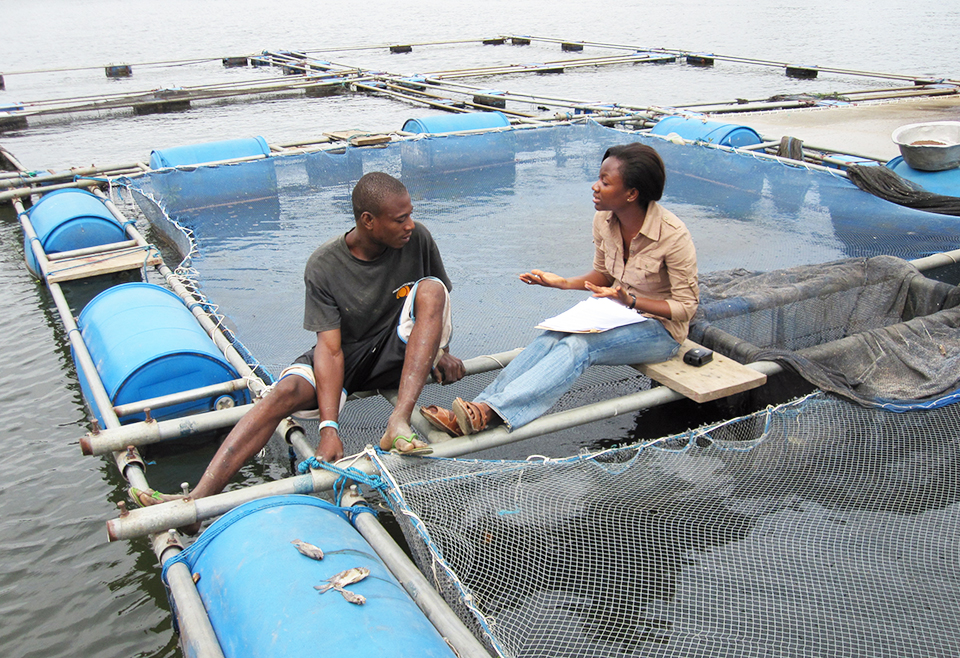
Health & Welfare
A look at tilapia aquaculture in Ghana
Aquaculture in Ghana has overcome its historic fits and starts and is helping to narrow the gap between domestic seafood production and consumption. Production is based on Nile tilapia.
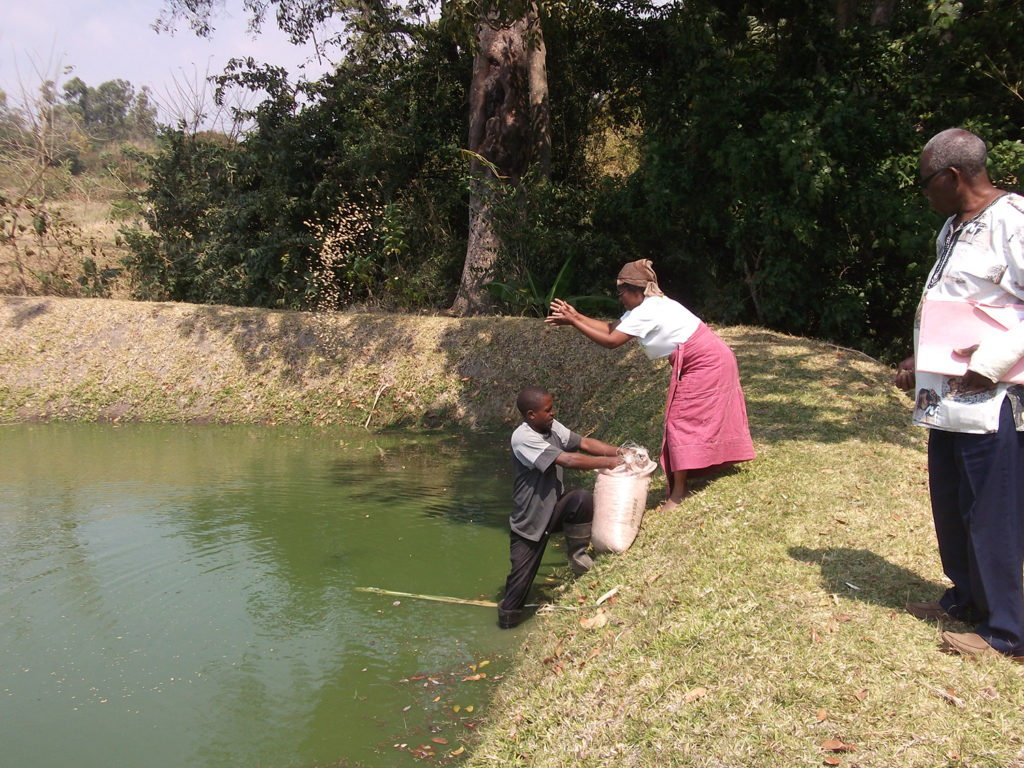
Innovation & Investment
Investing in Africa’s aquaculture future, part 1
What is the future that Africa wants? Views on how to grow aquaculture on the continent vary widely, but no one disputes the notion that food security, food safety, income generation and job creation all stand to benefit.
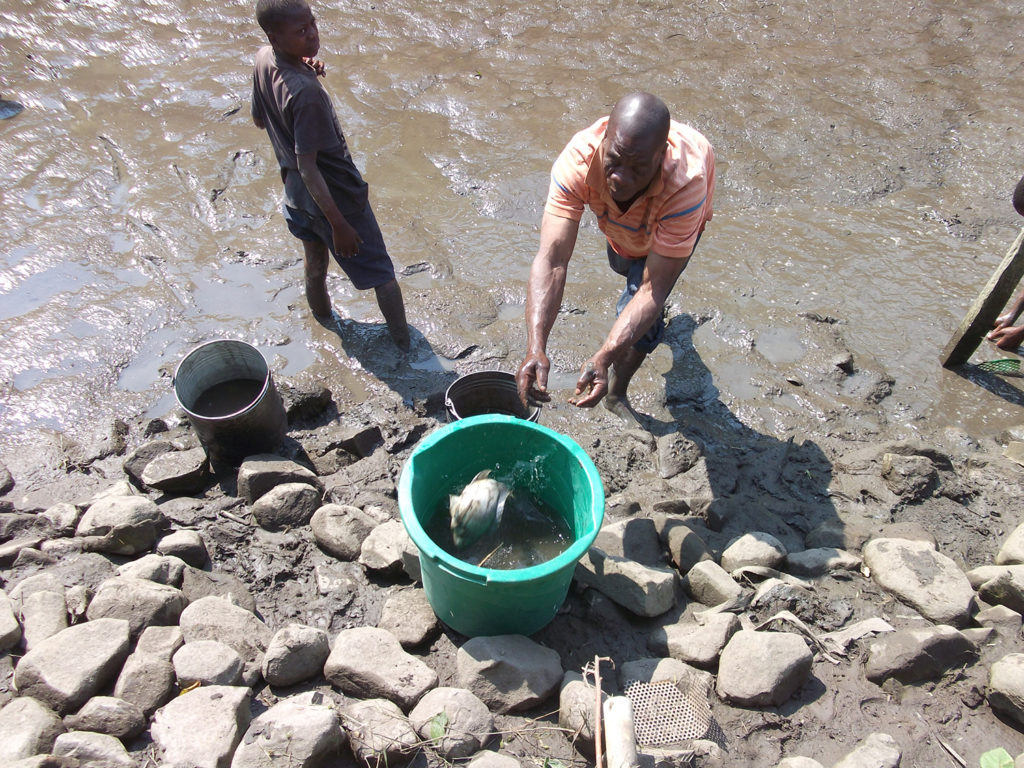
Innovation & Investment
Is Africa a ‘new Asia’ for aquaculture?
Now is the time for investment in efficiency improvements, better genetics, health management and more competition and innovation in the feed sector. Let's not perpetuate the myth that just a little more investment in some technical solutions will solve the problems in Africa.
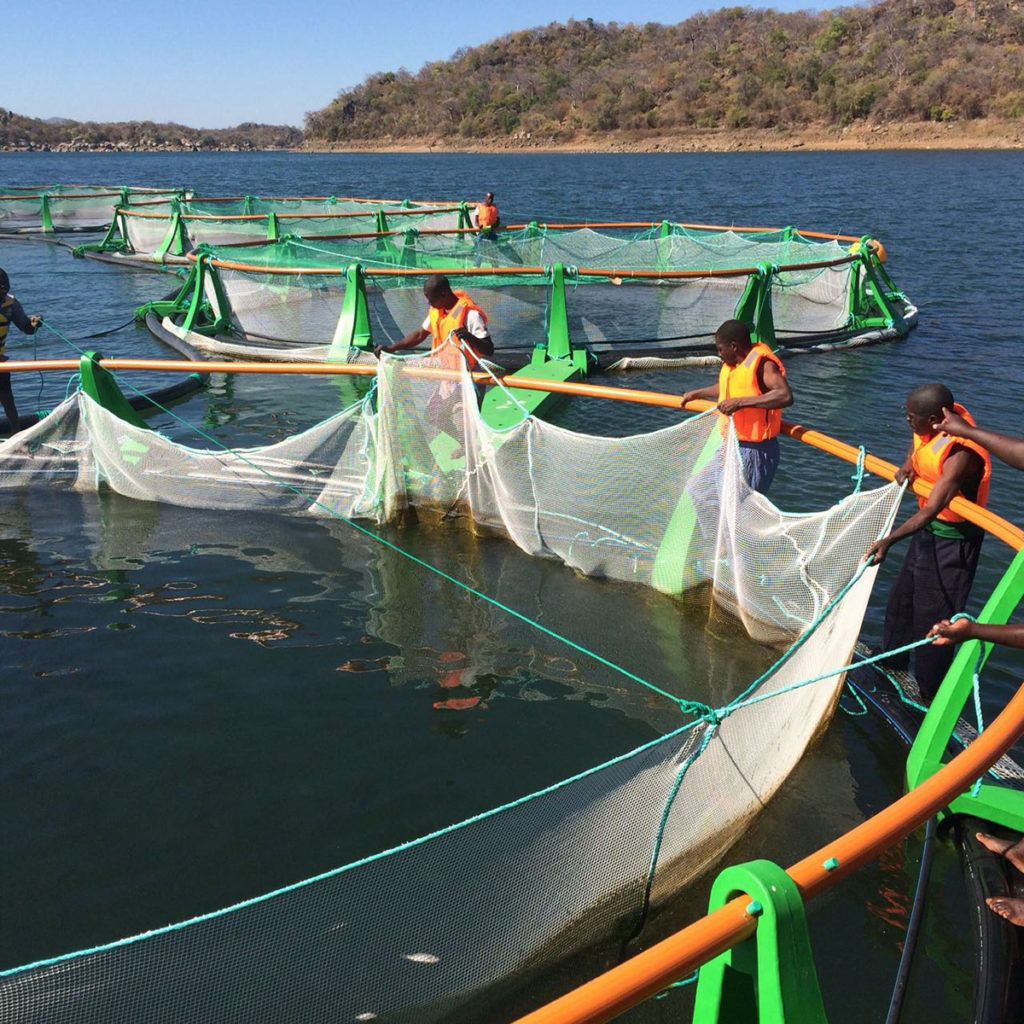
Responsibility
‘Model’ tilapia venture shows mettle in Mozambique
On the shores of Lake Cahora Bassa, Chicoa Fish Farm hopes to create a ripple effect to improve fish supply and quality of life for an impoverished region.


